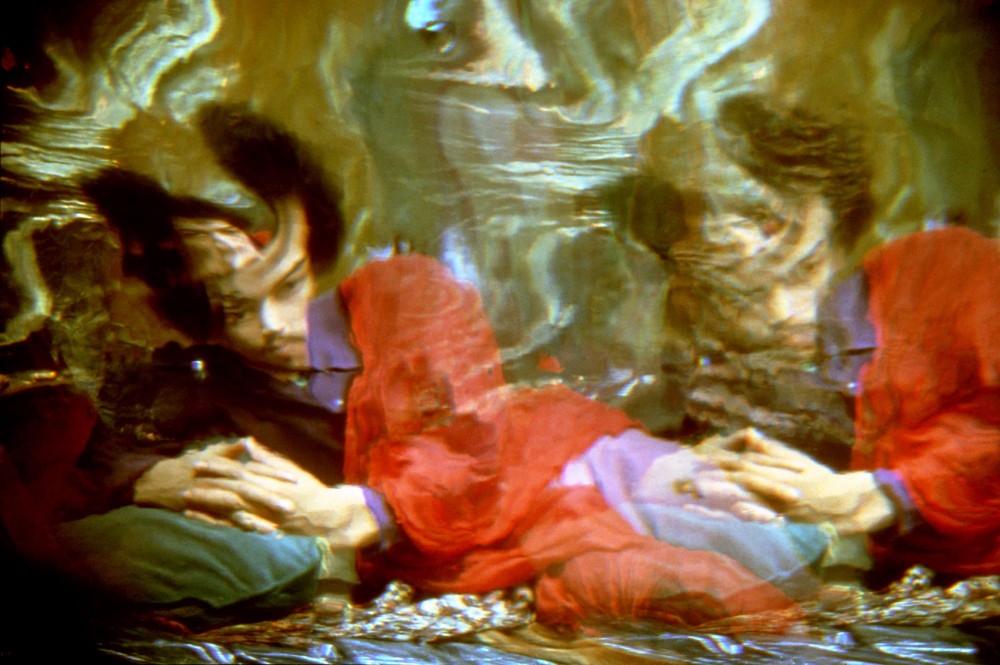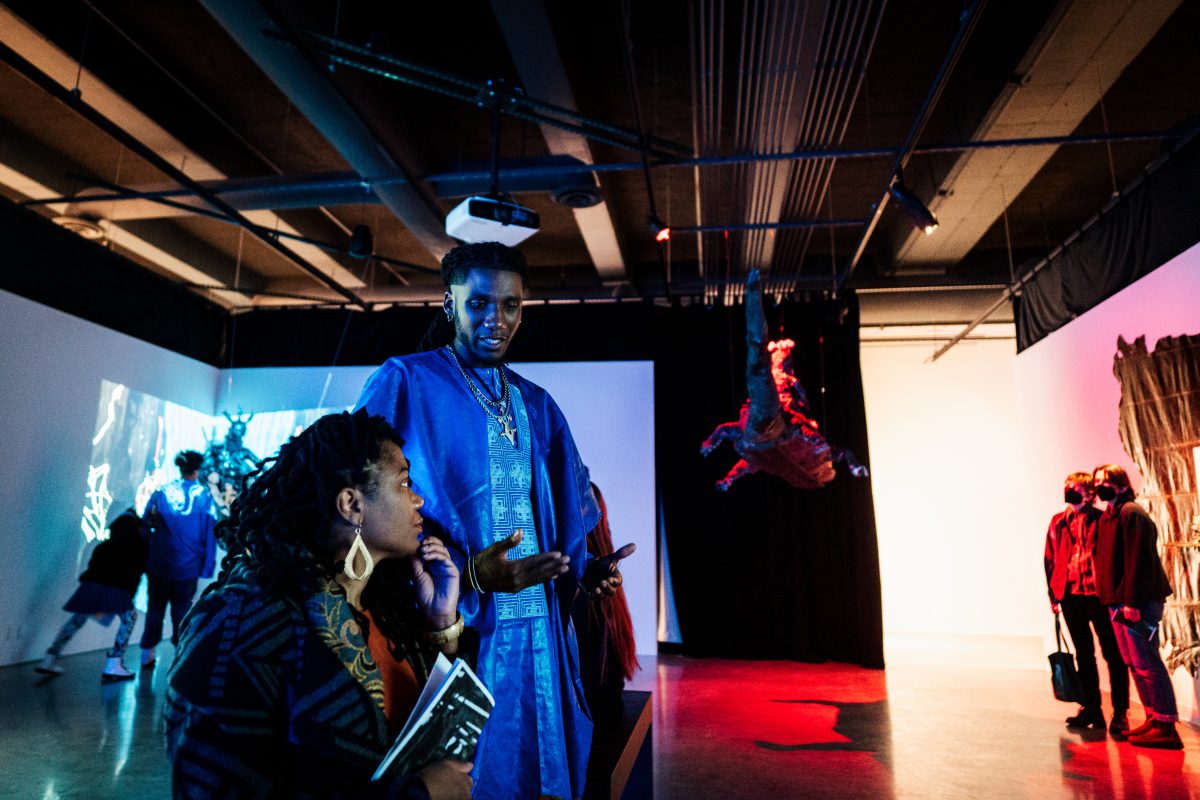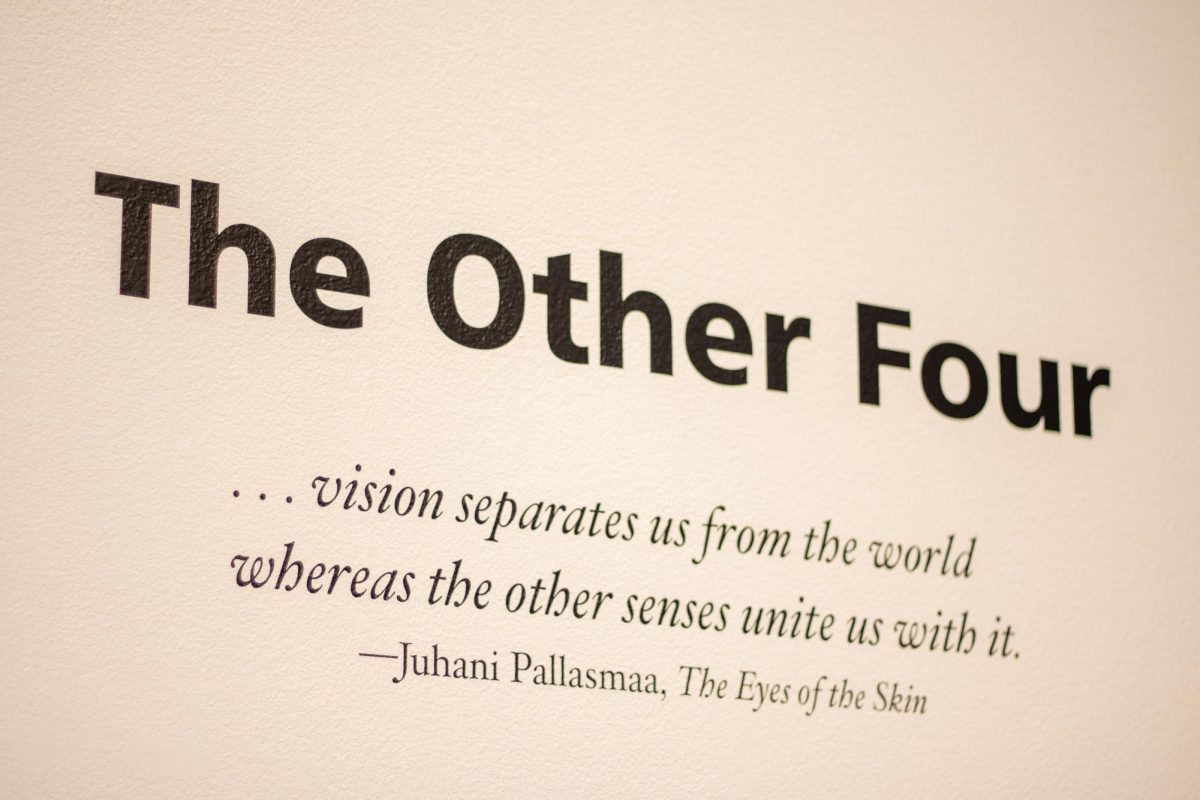The Walker Art Center’s latest exhibition, “Hippie Modernism: The Struggle for Utopia,” captures the forthright idealism prominent in the 1960s and ’70s hippie culture, where idealism was king and possibility reigned free.
The hundreds of works featured in the exhibition range in size and scope, but what ties them together is their overarching influence on the shape of modern art.
Take one look at the acidic Space-Age drawings of Italian artist Ettore Sottsass, and it’s clear the extraterrestrial renderings are dead ringers for famous P-Funk album covers designed a couple years later. Computer programmer John Whitney’s early films based on graphics are the predecessors for intricate visuals in light shows that dominate modern hip-hop concerts.
While such works are a small portion of the exhibit, the freeform, countercultural tendencies of the movement are boundary-breaking and difficult to pin down, which is what makes them compelling.
“There were a couple things happening in the art world,” Walker Art Center Design Director and Curator Andrew Blauvelt said of the exhibit’s genesis. “There [was] a new generation of contemporary artists, designers [and] architects that were mining, in their individual ways, pockets of this era. In the field of art history, there was interest in this time period because it’s the gap for a lot of scholarship, whereas a lot of other movements have been well-documented and researched.”
The concept of utopia driving the exhibit comes from the accessibility of art during the late 1960s and early ’70s. In this era, art shed any associations and pretensions with hoity-toity high culture and became a visible part of everyday life. People demanded art that reflected their values and desires, rather than works that were traditional and upheld creative conformity.
“There was a poster revolution in the ’60s, which was a more democratic medium. It was cheaper; everyone could have one, as opposed to a painting,” Blauvelt said of one of the ways in which art became more accessible.
Countercultural psychologist Timothy Leary’s famous idea, “Tune In, Turn On, Drop Out,” serves as Hippie Modernism’s guide. While there are three distinct sections of the exhibit — one dedicated to each part of McLeary’s manifesto — they form a whole and blend together as a cohesive entity.
“It provides a loose structure for the show,” Blauvelt said. “Turning on deals, of course, with taking acid, so some of the things are direct like that. But also, it was transcendence through spirituality and design and technology.”
Much of the art throughout the show possesses remarkable foresight.
Archigram, a late 1960s avant-garde architectural collective led by Peter Cook, blurred the lines between building and design with their collages that detailed the visionary ethos of the era.
One such work, 1968’s “Info-Gonks,” is a collage designed as a futuristic glasses ad. The bespectacled individuals wear eyewear eerily similar to a current trend sweeping the world.
“This would be anticipating things like Google Glass or Oculus Rift,” Blauvelt said.
That Blauvelt and the Walker were able to create a comprehensive retrospective is a feat of its own, given the lack of a canon established beforehand.
“They were speculating how technology would change people’s idea of the environment,” Blauvelt said of Archigram, whose work converged the trippy quality of acid, the inevitable rise of technology and the revolutionary social themes of the era. “Everything transcends itself as a practice, though.”

















